Pesto Sauce Recipe & the Perfect Wine Pairings

Are you looking for the perfect wine pairing with pesto?
This herbal, nutty sauce is an Italian classic. And it can be used to spice up your meals in so many ways.
Whether you’re indulging in a simple pesto pasta, enjoying a zesty pesto pizza, or using it to top some grilled chicken, take your meal up a notch with the right wine pairing.
Read on for my pesto wine pairing guide. Plus, get a classic recipe for homemade pesto sauce that will go beautifully with your glass of wine.
What is Pesto?
This herbal green sauce comes from Genoa, a city in Northwestern Italy. Classic pesto is made with fresh basil leaves, pine nuts, garlic cloves, parmesan cheese, and olive oil.
If you want to go authentic, the basil, pine nuts, and garlic should be hand-ground using a mortar and pestle. This gently releases the aromas of the basil.
However, most people today use a food processor to speed up the task.
If you want to get creative, you can swap out the basil and pine nuts for other herbs and nuts. Try Thai basil and peanuts. Or pepitas and cilantro. You can even add sun-dried tomatoes to spice things up a bit.
What’s the Best Wine Pairing with Pesto?
With pesto’s fresh herbal flavors, the best wine pairing will have complementary “green” flavors. An herbaceous white wine like Sauvignon Blanc or Vermentino is the perfect match. Depending on the dish, you could also go with a red wine like Cabernet Franc or Sangiovese.
When pairing pesto with wine, you also need to think about how you’re using the pesto. Are you having it as a simple pasta dish? With a light seafood dinner? Or with grilled meats that have more of a smoky flavor?
You’ll want to choose a wine that works with the entire dish and not just the pesto. Otherwise, one can overpower the other.
White Wine Pairing with Pesto
When choosing a white wine to go with this herbal sauce, look for an herb-driven wine. In wine, these aromas and flavors are often described as things like green bell pepper, asparagus, mint, and fennel.
You’ll also want a dry white wine that hasn’t been oaked. An oaked Chardonnay with pesto, for example, would likely overpower the sauce’s delicate flavors. At the same time, the wine shouldn’t be too light.
Sauvignon Blanc
This popular white wine is one of the aromatic wines. Meaning it has intense aromas and fruit flavors. It’s also known for its herbal notes because it’s high in pyrazines (the same aroma compound found in green bell peppers).
You’ll often find citrus fruit flavors like grapefruit and lime. Along with tropical fruit like passionfruit.
Sauvignon Blanc is a very acidic wine. So, it’s the perfect pairing with foods that also have high acidity.
That’s why it’s a great option when adding pesto to seafood like salmon, shrimp, or white fish. Take it up a notch by squeezing a little lemon juice on top. Or it’s great on leafy greens and veggies too.
Marlborough, New Zealand is best known for this herb-forward style.
But if you want to stick with Italian wines, you can find Sauvignon Blanc in Friuli Venezia-Giulia. Ones from this Northern Italian region will have similar green pepper notes, grapefruit, and elderberry.
In a jam and don’t have any Sauv Blanc at home? You could also go for a zesty Albariño or Verdejo from Spain. A Grüner Veltliner from Austria would be a good match too!
Vermentino
When it comes to Italian white wines, there are loads of great pesto pairing options. From Piedmont’s Gavi to Sicily’s Grillo to Campania’s Fiano d’Avellino…I could go on, but you get the picture.
Going by what grows together goes together, Vermentino should be your go-to pairing. Genoa is the capital of the Liguria region, where you’ll find this Italian white wine.
While lower in acidity and less herbaceous than Sauvignon Blanc, it has the minerality and sometimes an almondy quality that work well with this green sauce. And it’s a great match for the garlicky flavors in pesto too.
You’ll find citrus notes like lime and pink grapefruit, along with nutty and floral aromas.
Vermentino’s light body goes best with vegetarian pesto dishes like pesto lasagna. Or it can work with lean meats like pesto chicken.
If you can’t find Ligurian Vermentino, you can also look for it from the Italian island of Sardinia.
Red Wine Pairing with Pesto
While white wine is usually the better option for pesto pairing, you can go with lighter red wines in some cases. You’ll want one that has high acidity. And it helps if it also has some herbal notes.
Avoid high-tannin wines like Cabernet Sauvignon, which will leave a bitter taste in your mouth when combined with pesto’s green flavors.
Cabernet Franc
Like Sauvignon Blanc, Cabernet Franc is also high in pyrazines. So, it often has the same green bell pepper quality that pairs well with pesto.
This red wine typically has red fruit aromas like raspberry and strawberry. Plus, a bit of black pepper on the finish.
Cabernet Franc works best with heavier meat dishes with pesto. Think red meats like steak or grilled pork chops. Or even a seared tuna steak can pair nicely.
France’s Loire Valley is the best source of single-varietal wines made from this grape. Look for ones from Chinon, Bourgueil, or Saumur-Champigny.
But you can get Cab Franc from Italy too! In Tuscany’s Bolgheri region, you’ll often find ones that have more of a dried fruit flavor characteristic.
Sangiovese
While this red wine can have higher tannins, I recommend it for pesto versions that use sun-dried tomatoes.
Sangiovese is a classic pairing with tomato sauce pasta. It’s often described as having dried herb characteristics like oregano and thyme. So, it also goes great with the herbs and dried tomatoes in this version of pesto.
This grape also has the acidity to balance the concentrated flavors that come from the drying process. And just the right amount of body to match the sauce’s weight.
Try it when using sun-dried tomato pesto in Italian cuisine like meat lasagna or pesto pasta and meatballs. Or how about pizza with sun-dried tomato pesto sauce?
You can’t go wrong with a classic Chianti Classico. But for special occasions, I love a good Brunello di Montalcino or a Vino Nobile di Montepulciano.
Creative Ways to Use Pesto
Pesto is very versatile. There are virtually endless ways to use this herbal, nutty sauce.
Of course, being an Italian invention, the classic way to use it is on Italian food. And what’s more Italian than pasta?
The obvious choice is for coating your pasta noodles. But how about a pesto lasagna? Or try mixing it into your ravioli filling. And don’t forget it makes a fantastic pizza sauce too!
Pesto also goes great with both red meats and white meats. Try it as a marinade for baked chicken breasts. Or drizzled over grilled skirt steak.
And you can’t go wrong with seafood and pesto. Whether salmon, shrimp, or scallops, it makes the perfect match.
For some vegetarian options, I love it as a salad dressing, a topping for roasted veggies, or on a baked potato.
You can even use it for appetizers like bruschetta or as a veggie dip. Buon appetito!
Pesto Recipe Equipment
For this recipe, you’ll need the following equipment:
- Food processor
- Rubber spatula
- Garlic press
- Cheese grater
Pesto Sauce Recipe & the Perfect Wine Pairings
Recipe details
Ingredients
- 2 cups basil leaves
- 1/3 cup pine nuts
- 1/2 cup grated Parmesan cheese
- 2 cloves minced garlic
- 1/2 cup extra virgin olive oil
- salt
- black pepper
Instructions
- Combine the basil leaves and pine nuts in a food processor. Use the pulse setting until chopped into fine pieces. Use a spatula to scrape down the sides so the mixture is at the bottom of the food processor bowl.
- Add the cheese and garlic and pulse to combine. Scrape down the sides as needed.
- Pour in the olive oil a little bit at a time. Keep the food processor running while adding the olive oil.
- Season with salt and pepper to taste.




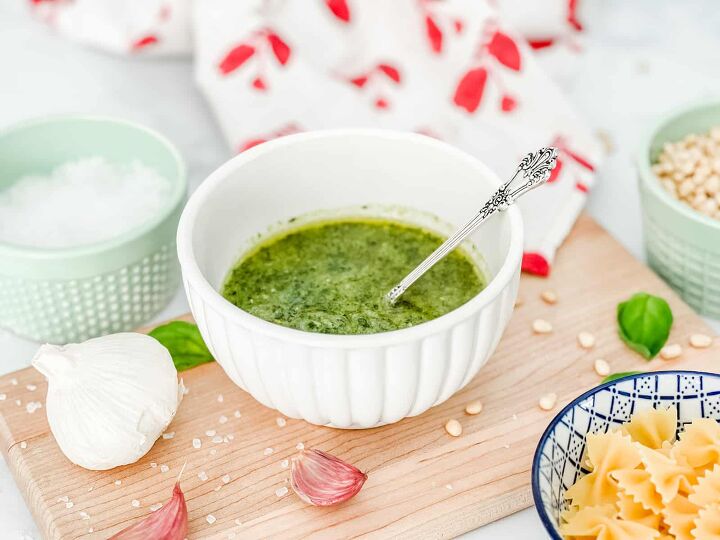







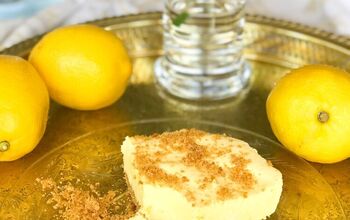


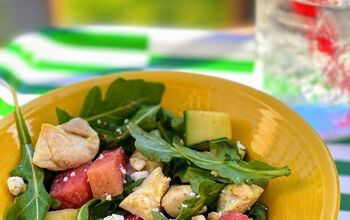
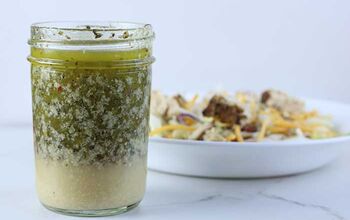









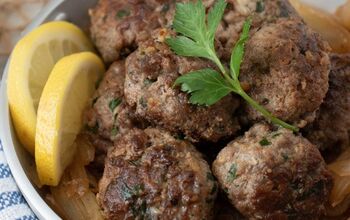
Comments
Share your thoughts, or ask a question!